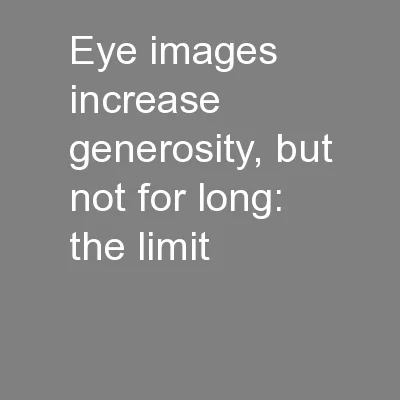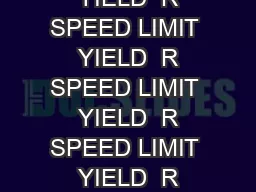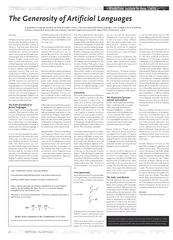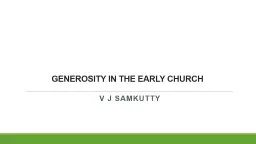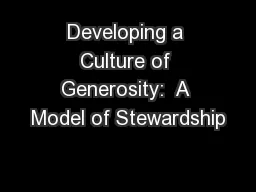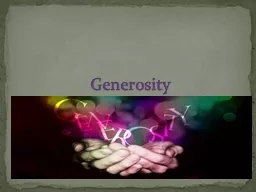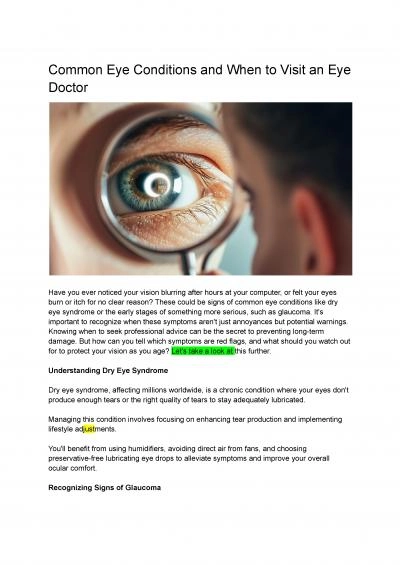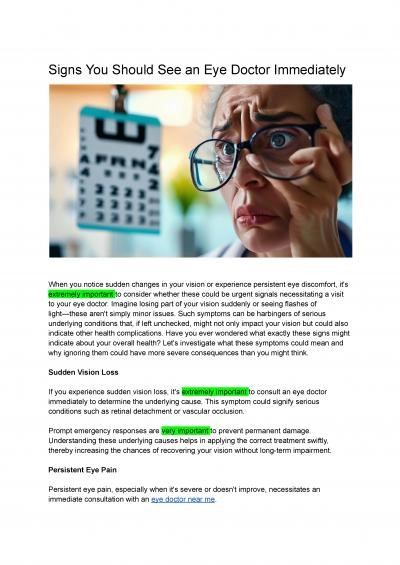PPT-Eye images increase generosity, but not for long: the limit
Author : danika-pritchard | Published Date : 2016-04-11
cue Adam Sparks Pat Barclay Shefali Garg11678 Smith Gupta11720 Background Cooperation increases as anonymity decreases Humans have neural circuitry that automatically
Presentation Embed Code
Download Presentation
Download Presentation The PPT/PDF document "Eye images increase generosity, but not ..." is the property of its rightful owner. Permission is granted to download and print the materials on this website for personal, non-commercial use only, and to display it on your personal computer provided you do not modify the materials and that you retain all copyright notices contained in the materials. By downloading content from our website, you accept the terms of this agreement.
Eye images increase generosity, but not for long: the limit: Transcript
Download Rules Of Document
"Eye images increase generosity, but not for long: the limit"The content belongs to its owner. You may download and print it for personal use, without modification, and keep all copyright notices. By downloading, you agree to these terms.
Related Documents

